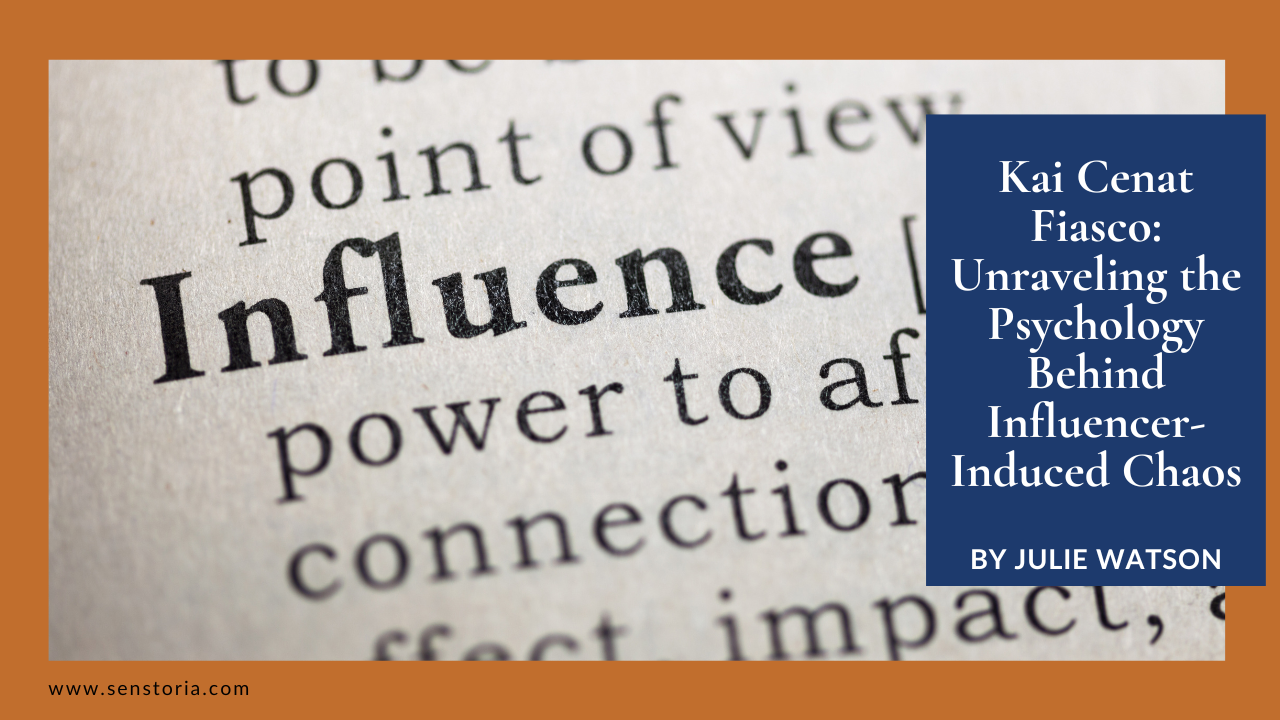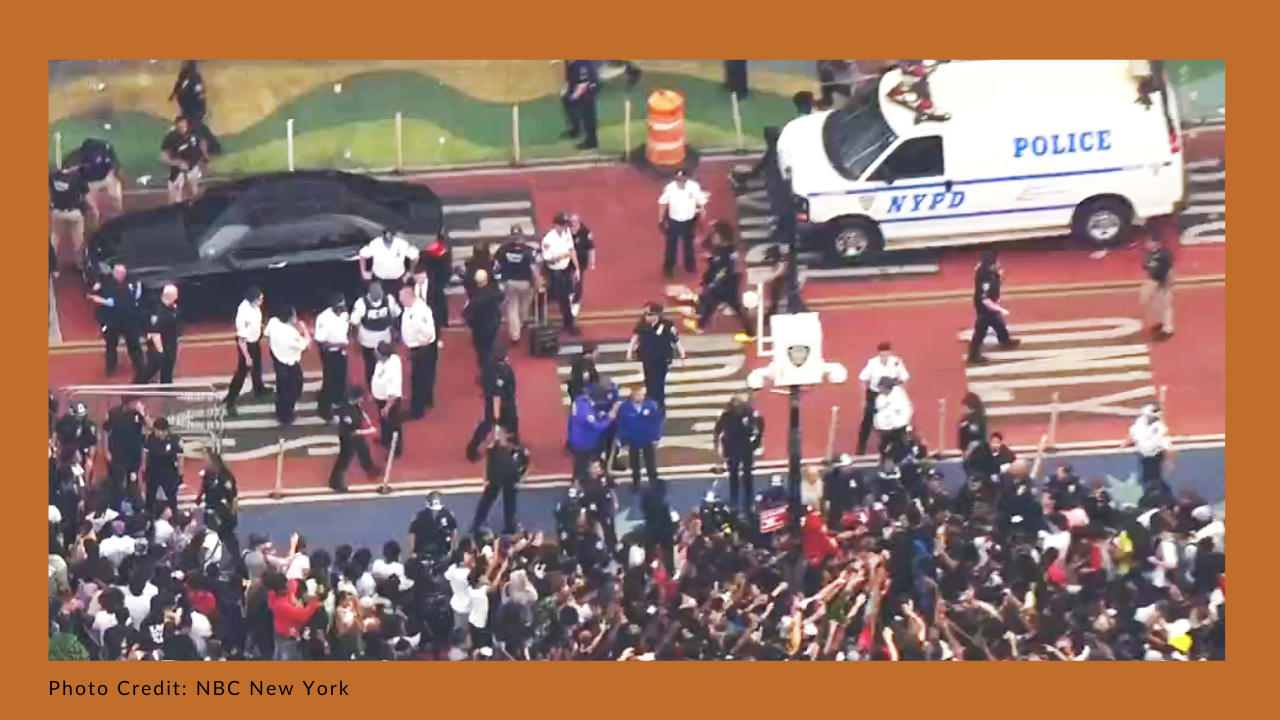Unraveling the Psychology Behind Influencer-Induced Chaos
Aug 05, 2023
Twitch streamer Kai Cenat has garnered a loyal fan base with his engaging content and charismatic personality, causing him to be one of the most-subscribed streamers of all time. However, the August 4 incident surrounding an announcement by the online influencer to give away gift cards for Playstation 5s and other gamer gear led to unexpected chaos in New York City. An event that was meant to be a fan appreciation meetup for his followers turned into a massive gathering of well over 2000 people, resulting in riots, disruptions in mass transportation, and garnering the highest level of mobilization for the NYC police force. Even Kai Cenat faced the consequences, as arrests were made following the event.
Living in New York, I happened to be just a block away from th e chaos. I listened to the bystanders who were asking, "What happened?" "Why would people act this way?" and "All this for an influencer? I don't get it." These questions, along with many others, can begin to be answered through social psychology. The psychology of group dynamics plays a vital role in amplifying enthusiasm and behavior. People in positions of influence must know how to use this phenomenon to their advantage and its consequences when taken too far.
e chaos. I listened to the bystanders who were asking, "What happened?" "Why would people act this way?" and "All this for an influencer? I don't get it." These questions, along with many others, can begin to be answered through social psychology. The psychology of group dynamics plays a vital role in amplifying enthusiasm and behavior. People in positions of influence must know how to use this phenomenon to their advantage and its consequences when taken too far.
The Power of Belonging
Social Identity Theory (Tajfel & Turner, 1986) plays a crucial role in understanding group dynamics. People are drawn to an influencer's lifestyle and content because it provides an escape from their own reality. It serves as a reminder that there is more out there than they are currently experiencing. This shift in perspective influences their behavior and decisions, as the follower identifies with the influencer to become a part of something bigger. The act of following an influencer is an act of belonging for many people. They use it to find comfort, acceptance and even form relationships with other followers.
With Kai Cenat's event, his followers formed a close-knit community with a strong sense of belonging. As the Cenat's arrival approached, excitement and anticipation reinforced their group identity, compelling them to converge Union Square to see their admired influencer and maybe be the lucky recipient of a fan gift.
Though this sense of belonging can be positive, yesterday, we also saw how it can be destructive when taken to extremes. In-group favoritism, group conformity and polarization, out-group derogation, dehumanization, and conflict escalation all played a part as the crowd began to destroy property, antagonize each other, fight with the police, and halt city systems.
FOMO (Fear of Missing Out)
The Fear of Missing Out (FOMO) (Przybylski, Murayama, DeHaan, & Gladwell, 2013) is a powerful psychological phenomenon. Kai Cenat's announcement of a meetup and gifts triggered FOMO among his followers, causing them to fear missing out on this unique experience. As a result, thousands eagerly traveled to Union Square, leading to an overwhelming and unruly gathering.
FOMO is a double-edged sword. On the one hand, it can be used to motivate people to take positive action. For example, an influencer could use FOMO to promote healthy living habits or encourage his followers to pursue their dreams. On the other hand, heightened anticipation, peer influence, and social pressure, viral buzz online led to disastrous outcomes that garnered immediate police response.
The Loss of Individual Identity
Deindividuation (Zimbardo, 1969) became prevalent amid the large crowd at New York's Union Square. With thousands of fans present, individuals felt anonymous and detached from personal responsibility. This sense of anonymity led to escalating disruptive behaviors, including throwing objects, setting off fireworks, throwing fire extinguishers at one another, and other unruly actions that disrupted city systems and threatened public safety.
The Spread of Emotions
Social Contagion (LeBon, 1895) is the rapid spread of emotions, behaviors, and information within a social group. The collective excitement and anticipation at yesterday's crowd gathering fueled the contagion trifecta with charged emotions, social conformity, and social media dissemination of information.
The Kai Cenat incident highlights influencers' responsibility when communicating with their audience and making promises. It emphasizes the need for thoughtful planning, coordination with local authorities, and considering potential ramifications. As online influence continues to evolve, influencers and their followers must be aware of the psychological dynamics at play to ensure that such events remain positive and safe experiences for all involved.